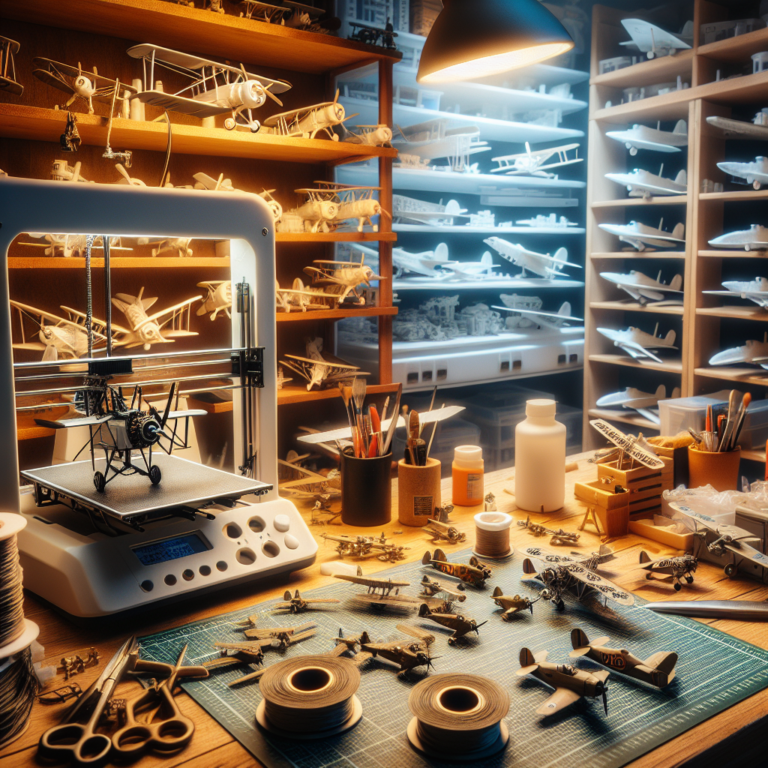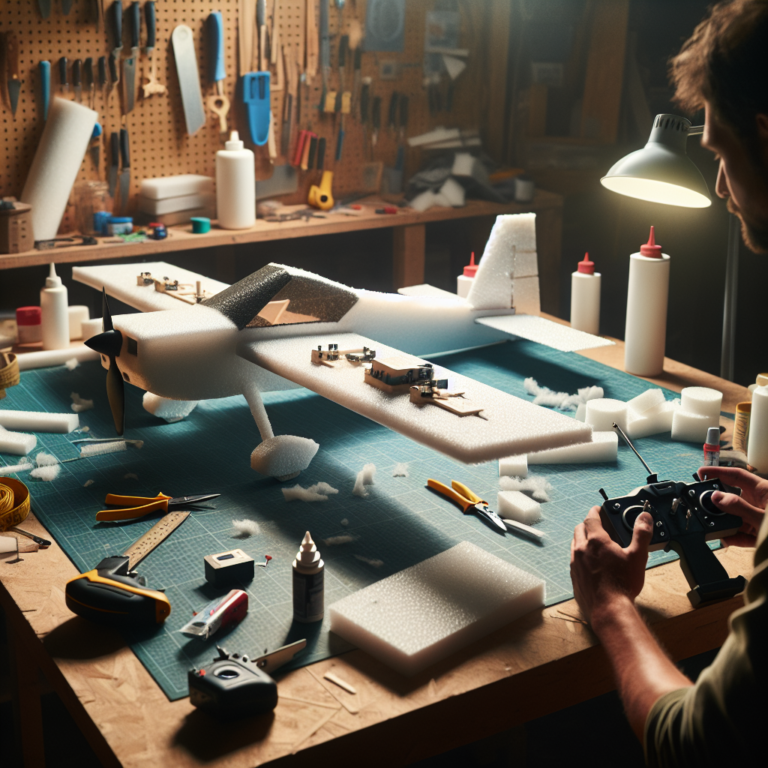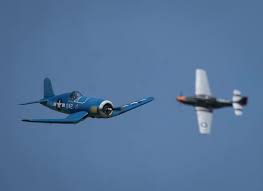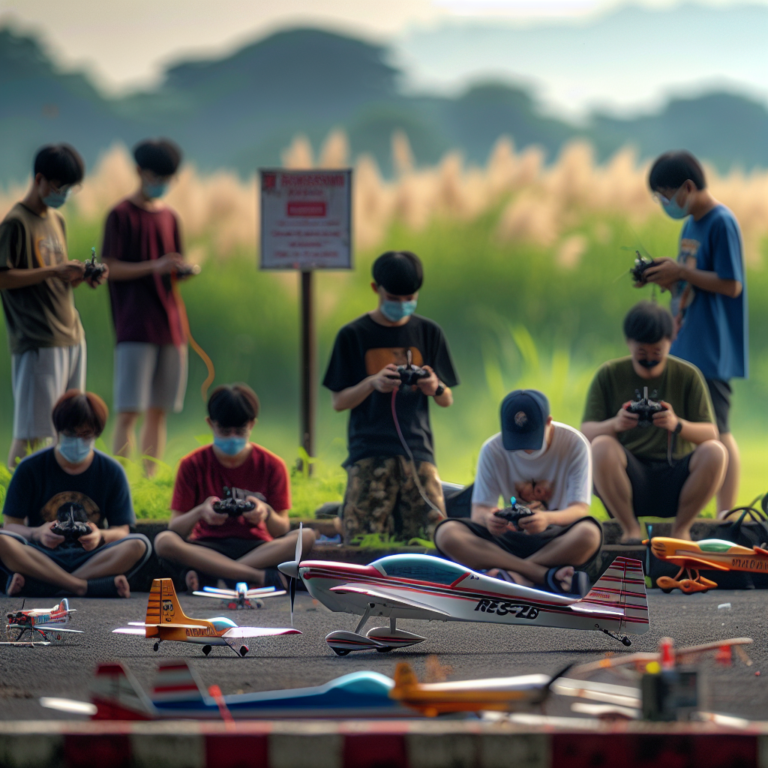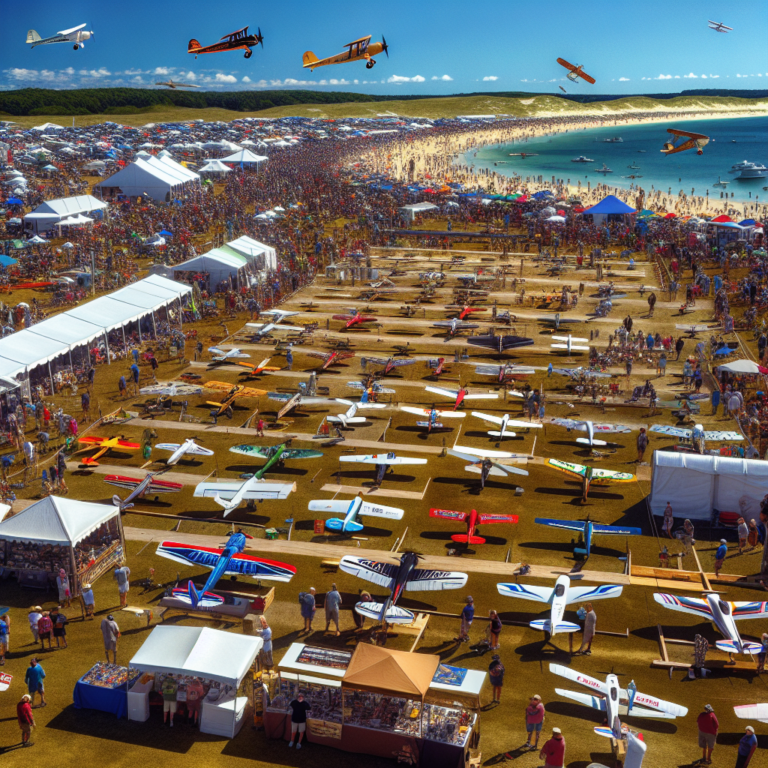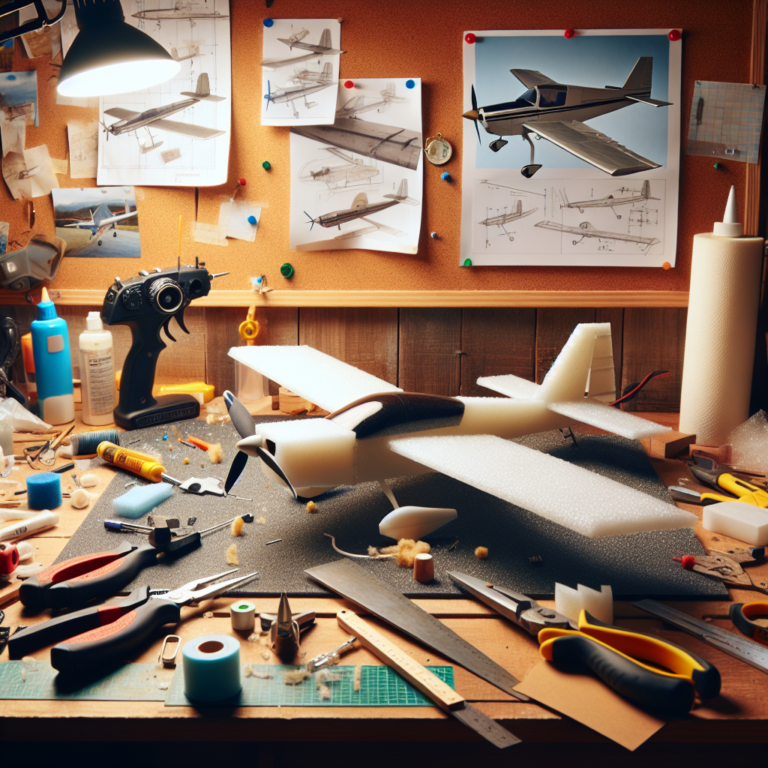How to Make Your Own RC Plane: A Beginner’s Guide
Building your own RC plane can be an incredibly rewarding experience, allowing you to customize your aircraft to your exact specifications and take to the skies with confidence. Whether you’re interested in gliders, foamies, or scale models, this guide will walk you through the process of assembling your own medium-priced plane kit with a special emphasis on incorporating First Person View (FPV) for an immersive flying experience.
1. Choose the Right Kit:

Start by selecting a medium-priced RC plane kit that suits your preferences and skill level. Look for beginner-friendly options that come with detailed instructions and all the necessary components included. Popular brands like E-Flight, FMS, and RTF (Ready-to-Fly) offer a wide range of kits to choose from.
2. Gather Your Tools and Materials:
Before diving into the build process, make sure you have all the necessary tools and materials on hand. This typically includes hobby knives, sandpaper, glue, a soldering iron (if needed), and of course, your chosen RC plane kit. Consider investing in FPV equipment such as a camera, transmitter, and goggles for an immersive flying experience.
3. Follow the Instructions:
Take your time to carefully read and follow the instructions provided with your RC plane kit. Pay close attention to each step of the assembly process, ensuring that all components are installed correctly and securely. If you’re unsure about any aspect of the build, don’t hesitate to consult online tutorials or forums for guidance.
4. Customize Your Plane:

One of the joys of building your own RC plane is the ability to customize it to your liking. Experiment with different paint schemes, decals, and additional features to personalize your aircraft. If you’re incorporating FPV capabilities, carefully install the camera and transmitter according to the manufacturer’s instructions, ensuring optimal placement for clear video feed.
5. Test and Adjust:
Once your RC plane is assembled and customized, it’s time to take it for a test flight. Start by performing a thorough pre-flight check to ensure that all components are functioning properly. Take off in a wide-open area away from obstacles, and gradually test the controls to familiarize yourself with the aircraft’s handling characteristics. If necessary, make adjustments to the control surfaces or trim settings to achieve stable flight.

In Summation:
Building your own RC plane is a fulfilling hobby that combines creativity, craftsmanship, and the thrill of flight. By following this beginner-friendly guide and incorporating FPV capabilities, you can embark on an exciting journey into the world of radio-controlled aviation. So grab your kit, gather your tools, and prepare for takeoff – the skies await!

